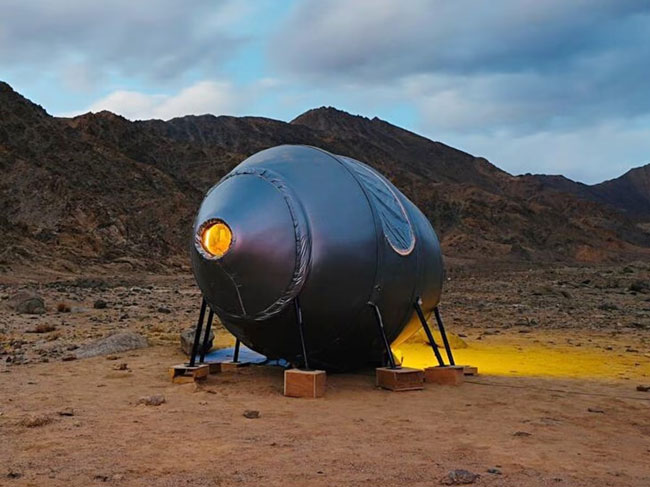Desk:The Indian Space Research Organisation (ISRO) has once again showcased its prowess, launching a unique Earth-based space mission aimed at preparing for future human lunar exploration. India’s first ‘analog’ mission has kicked off in Leh, Ladakh, a location chosen specifically for its physical resemblance to extraterrestrial environments.
The site in Ladakh is dry, cold, barren, and at a high altitude, with isolated terrain similar to Mars and the Moon, making it an ideal training ground for planetary exploration missions.
ISRO announced that its Human Space Flight Centre has collaborated with AKA Space Studio, the University of Ladakh, IIT Bombay, and the Ladakh Autonomous Hill Development Council for this mission. The setup aims to simulate interplanetary habitation, providing insights into the challenges of establishing a base beyond Earth.
The ISRO team is also studying how the human body adapts to Ladakh’s harsh climate, which offers valuable data for understanding astronaut adaptation to space-like conditions.
This month-long mission, launched in mid-October, aligns with India’s plans for a lunar habitat and could lay the groundwork for future interplanetary missions. The mission includes a compact, inflatable habitat called HAB-1, equipped with essential facilities such as a hydroponics farm, kitchen, and sanitation.
Offering a self-sustaining environment, this setup provides valuable data as India eyes long-term missions to the Moon, Mars, and beyond.




